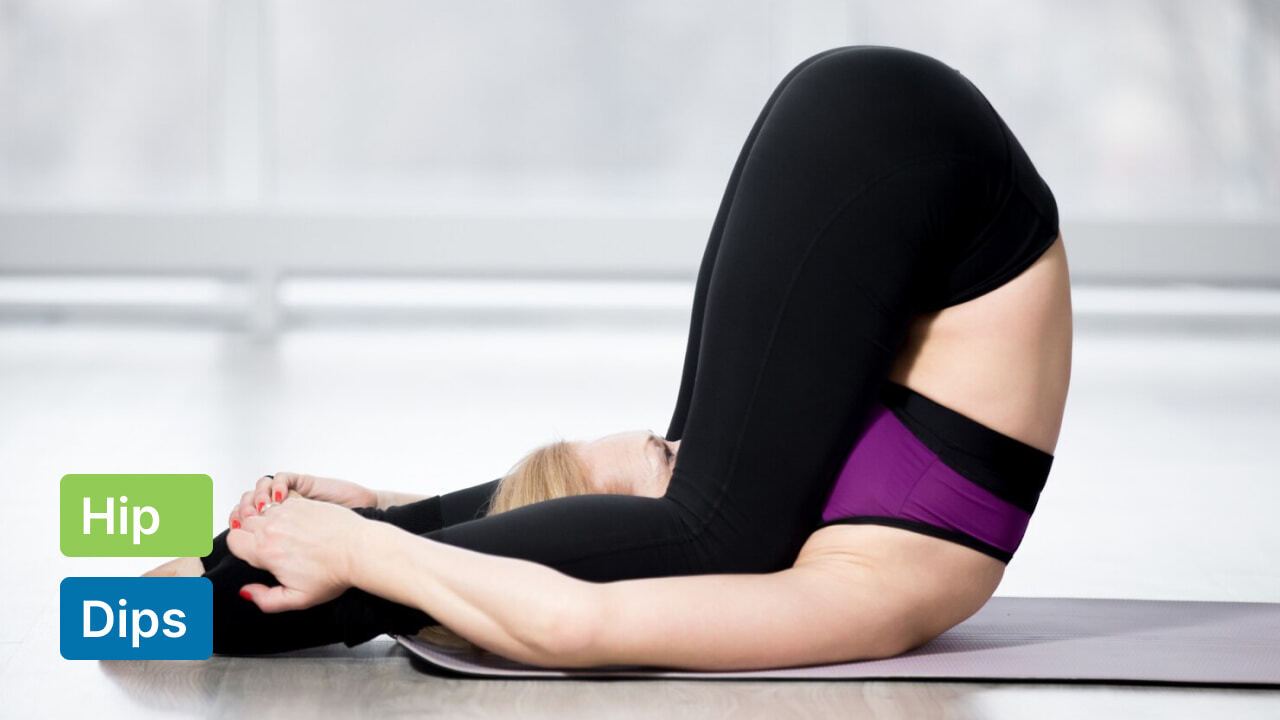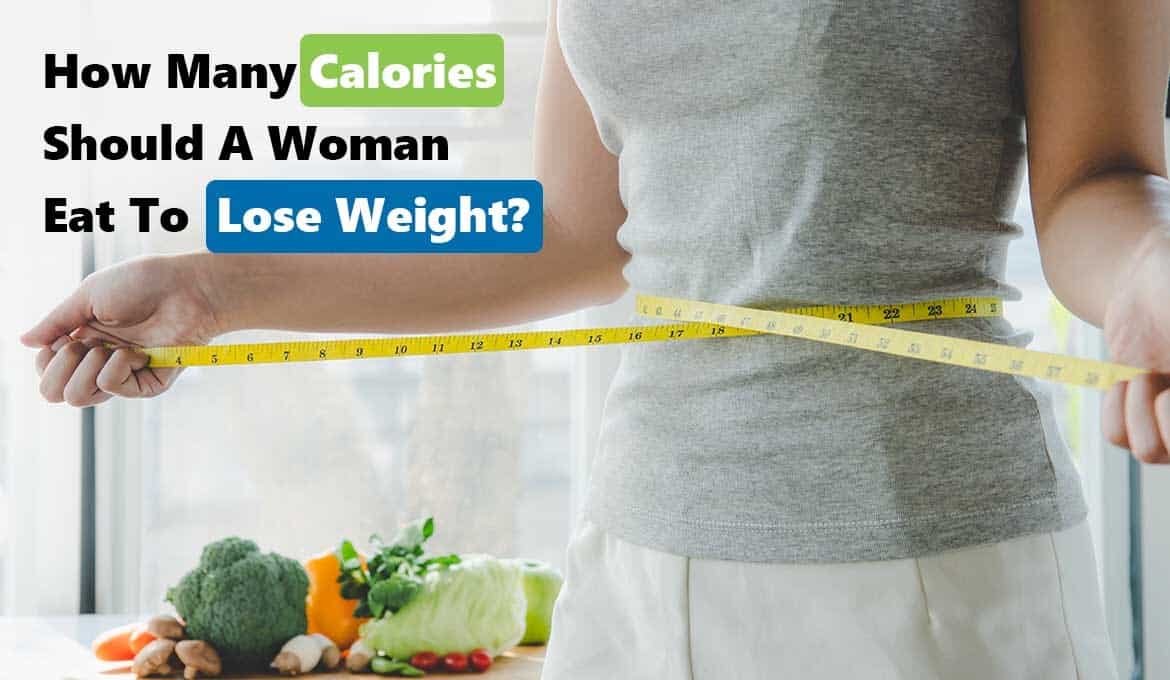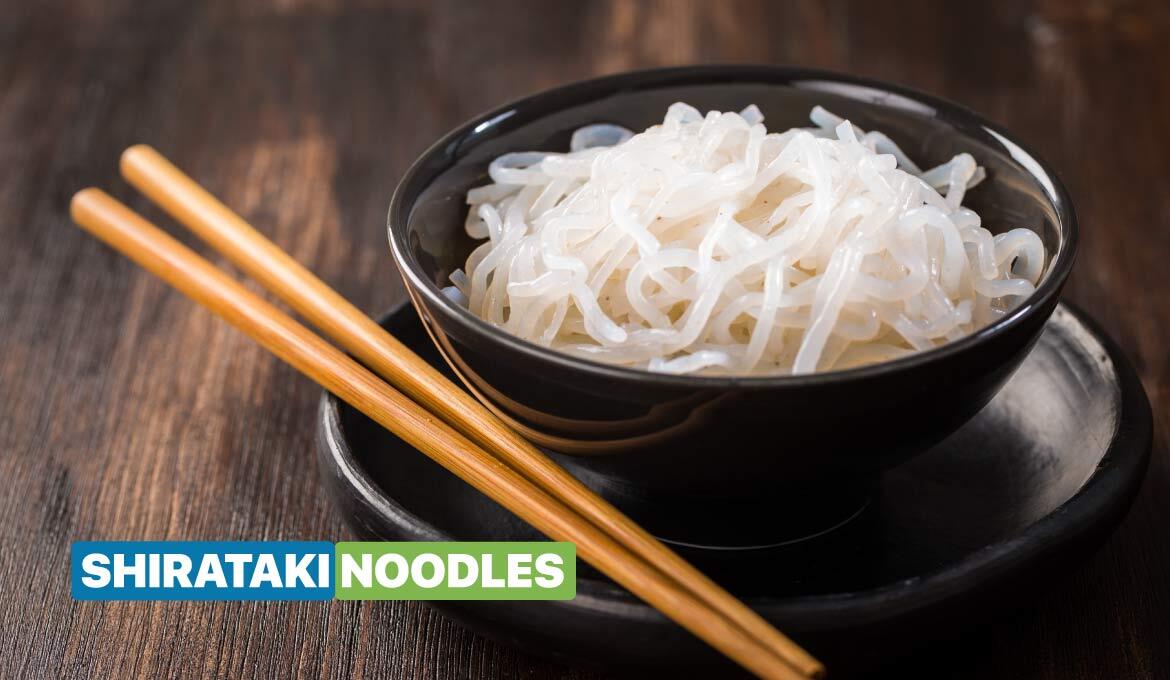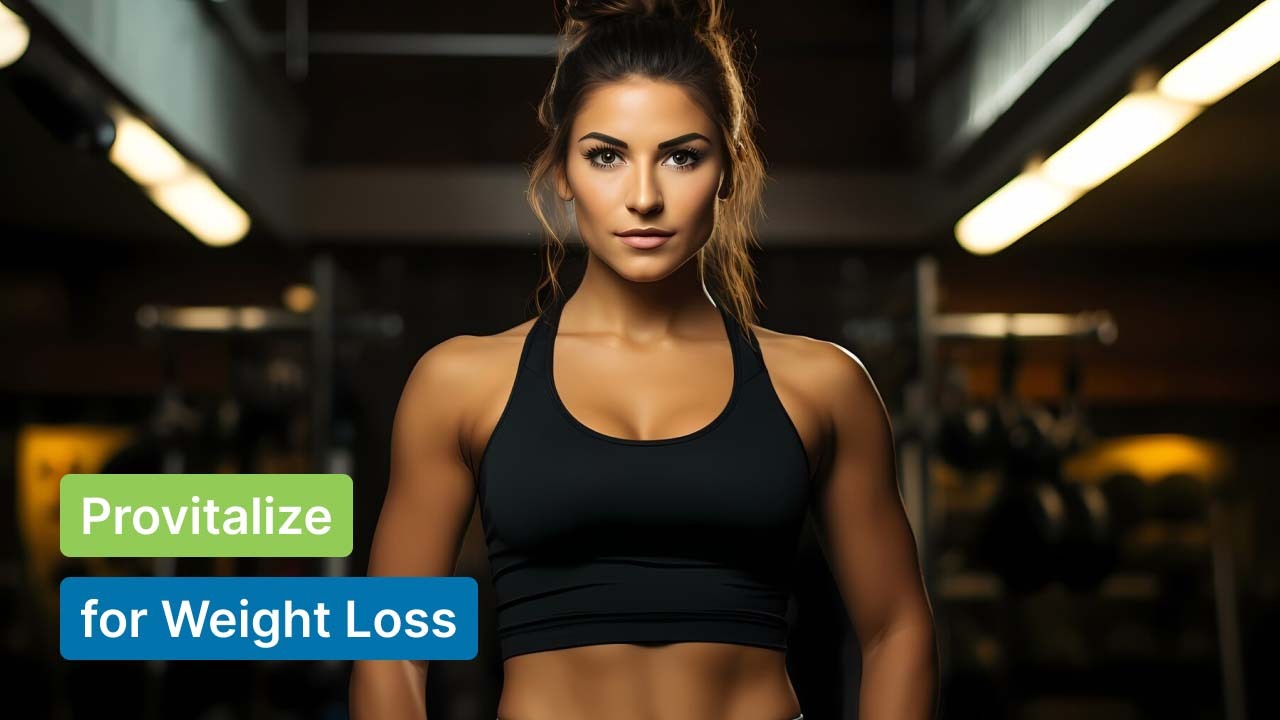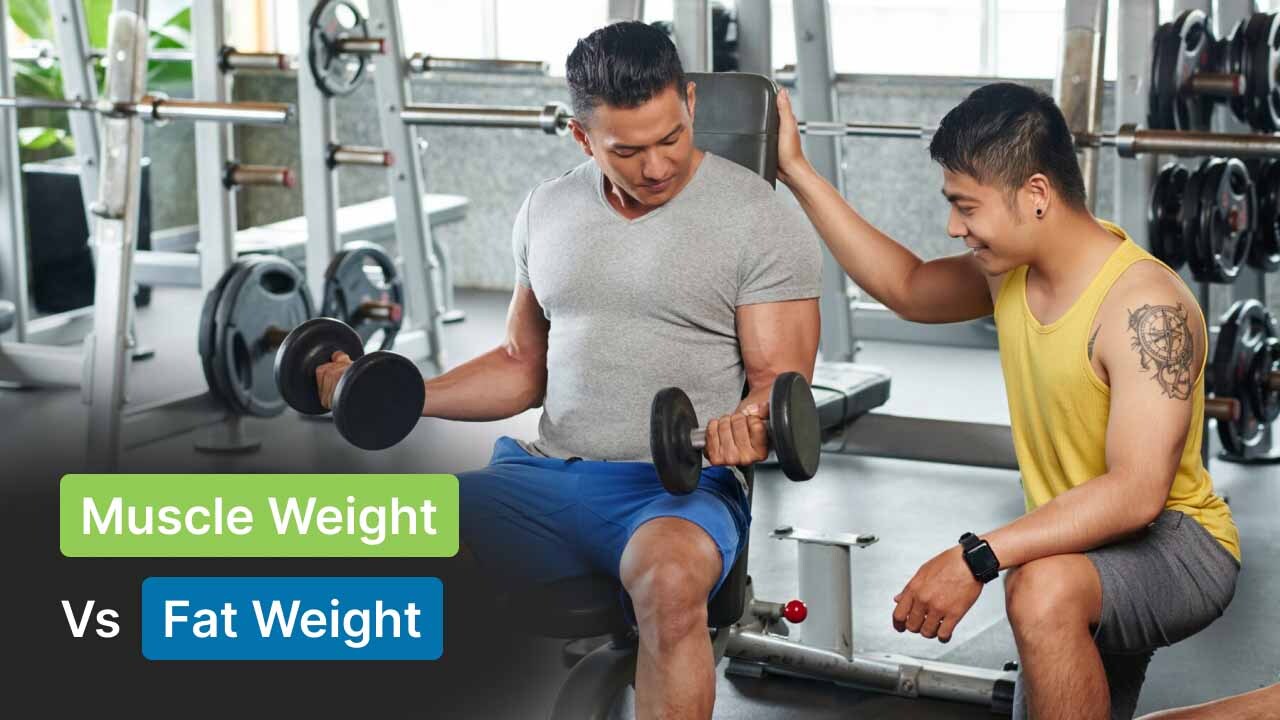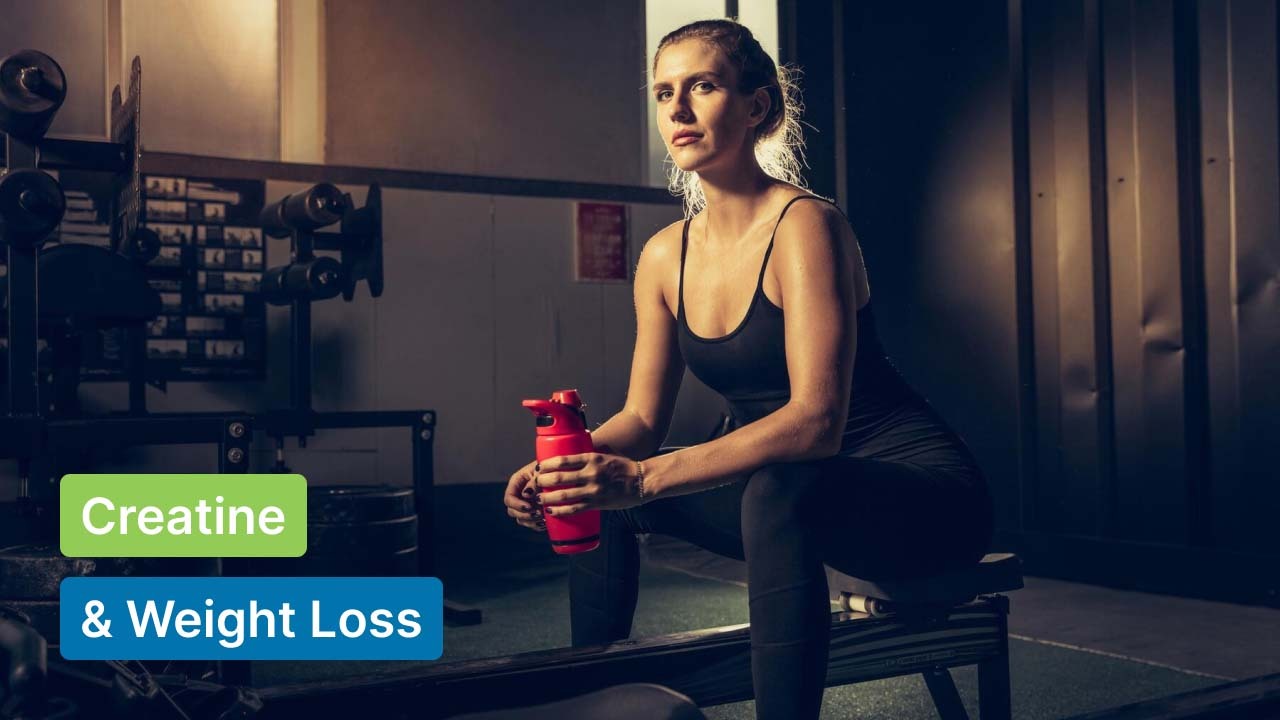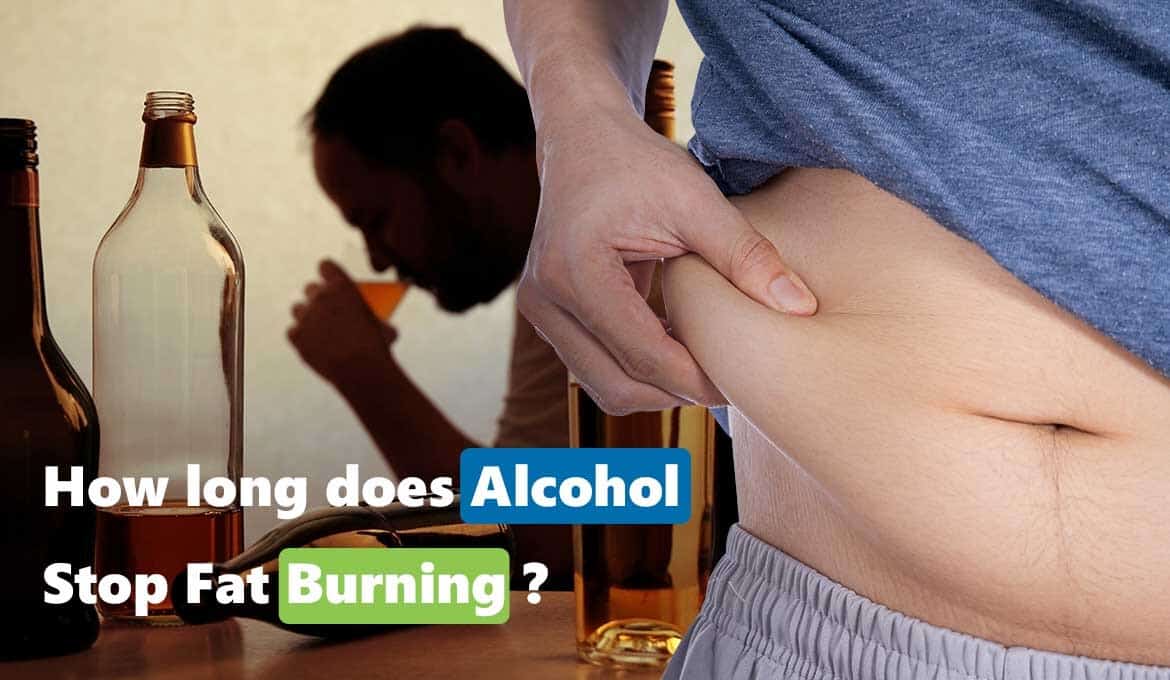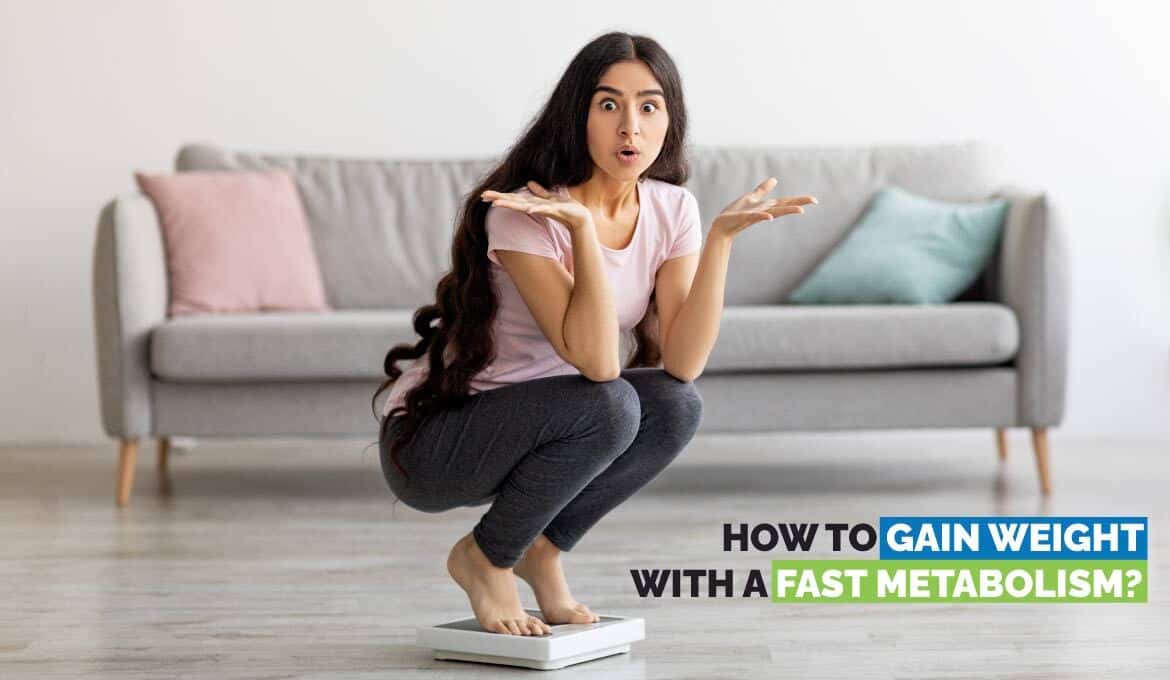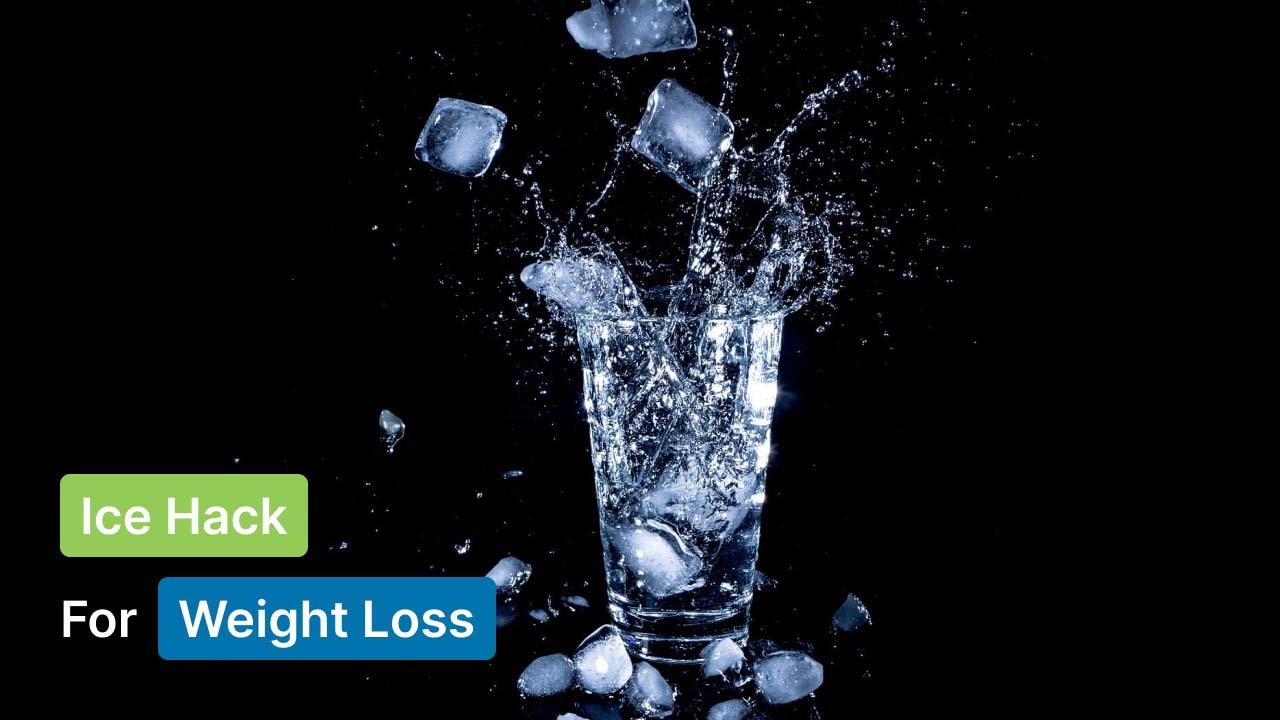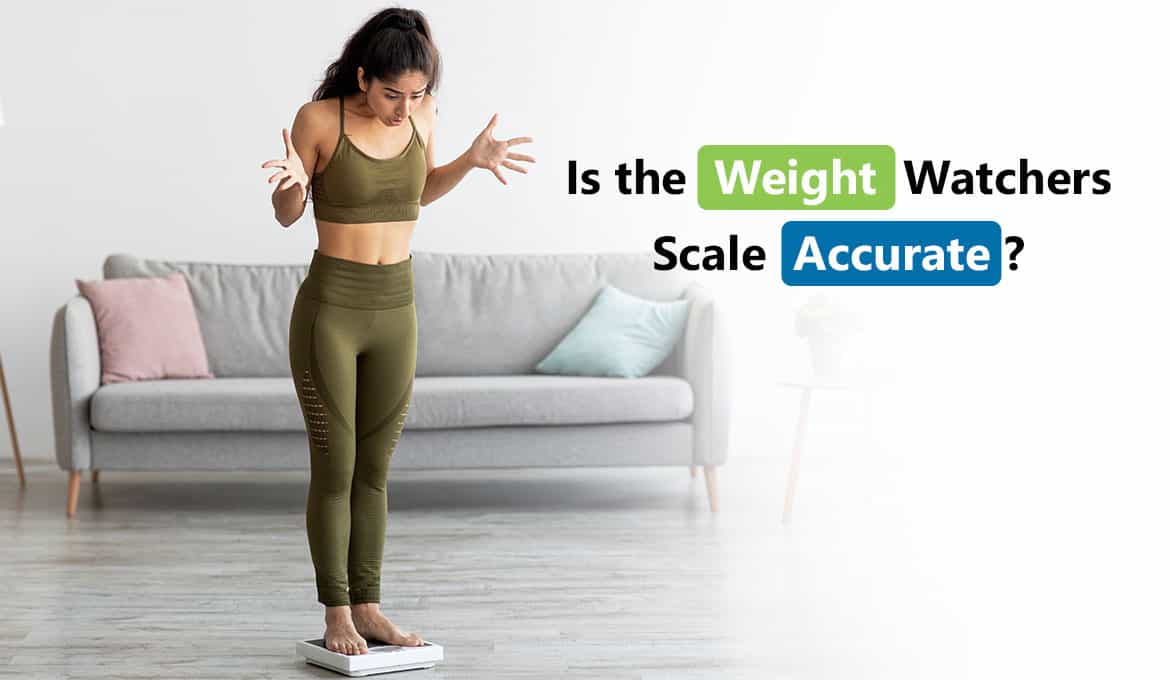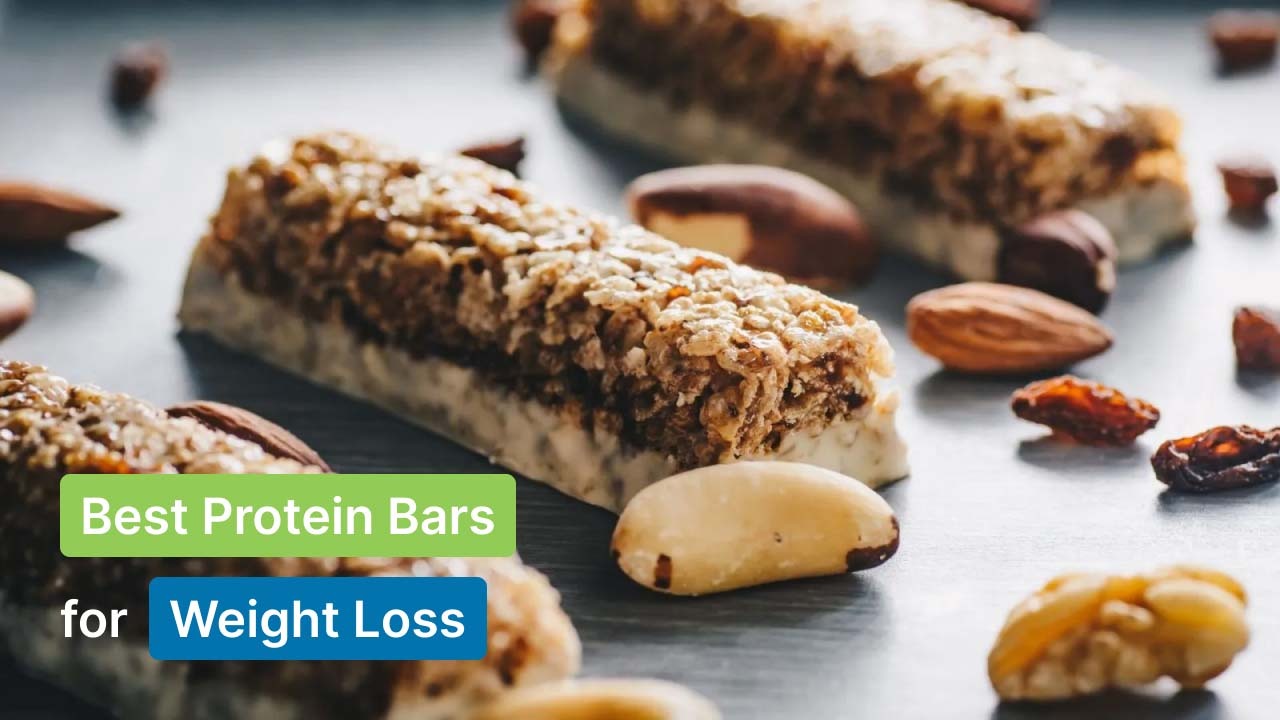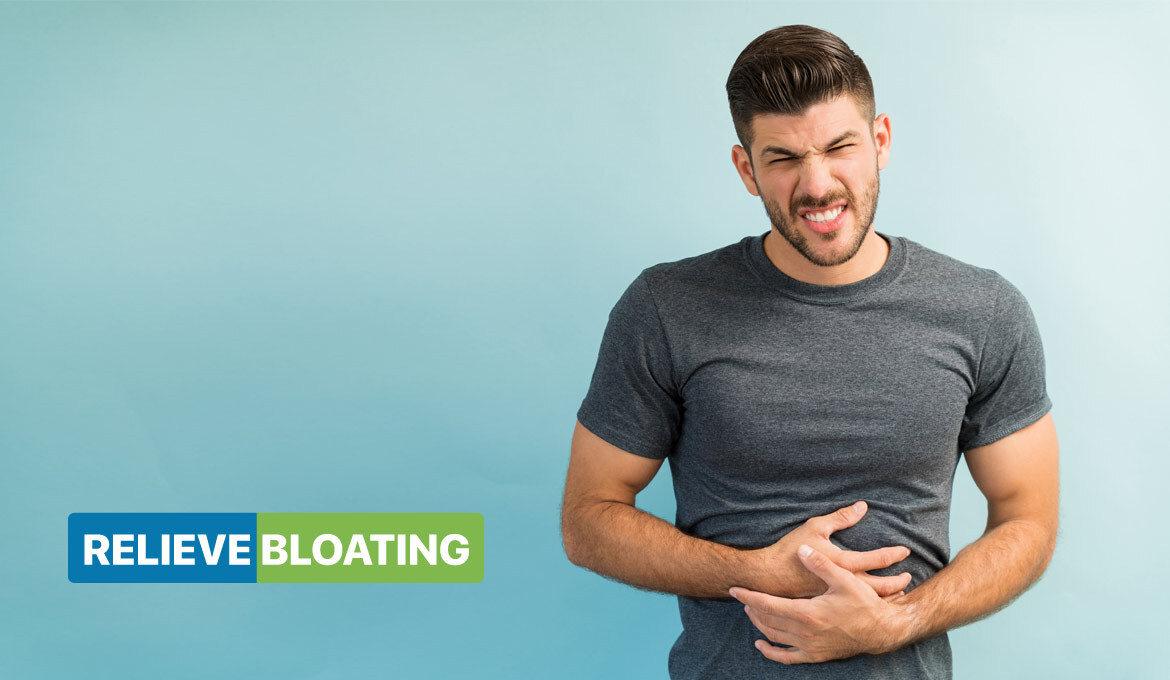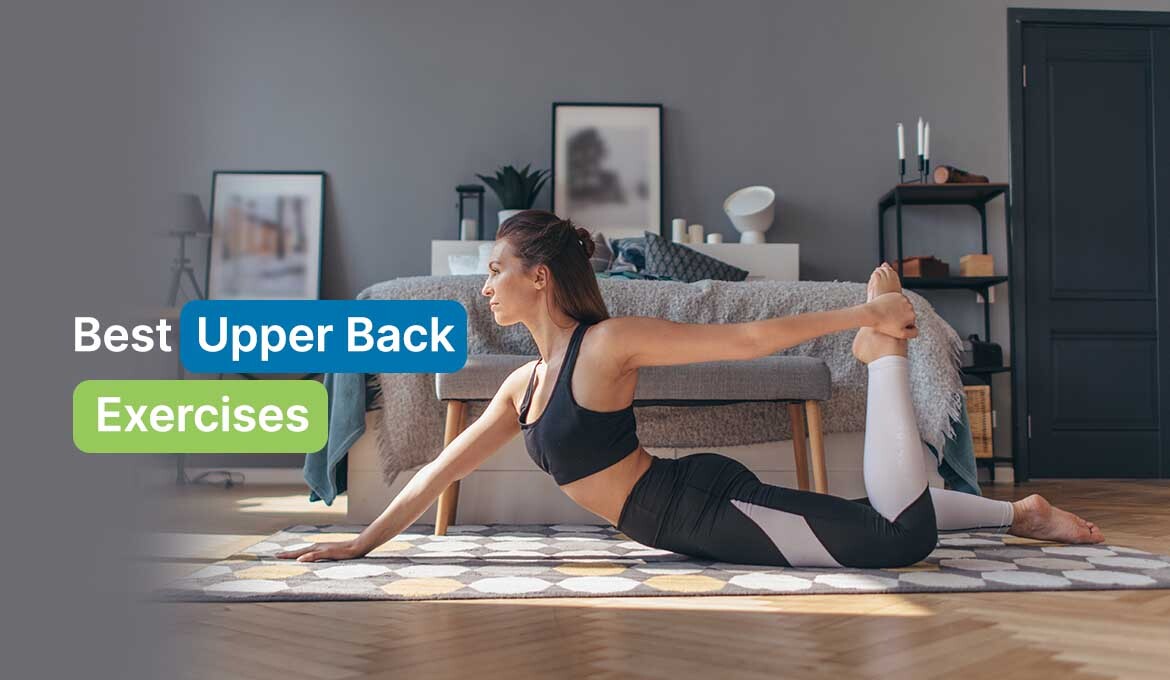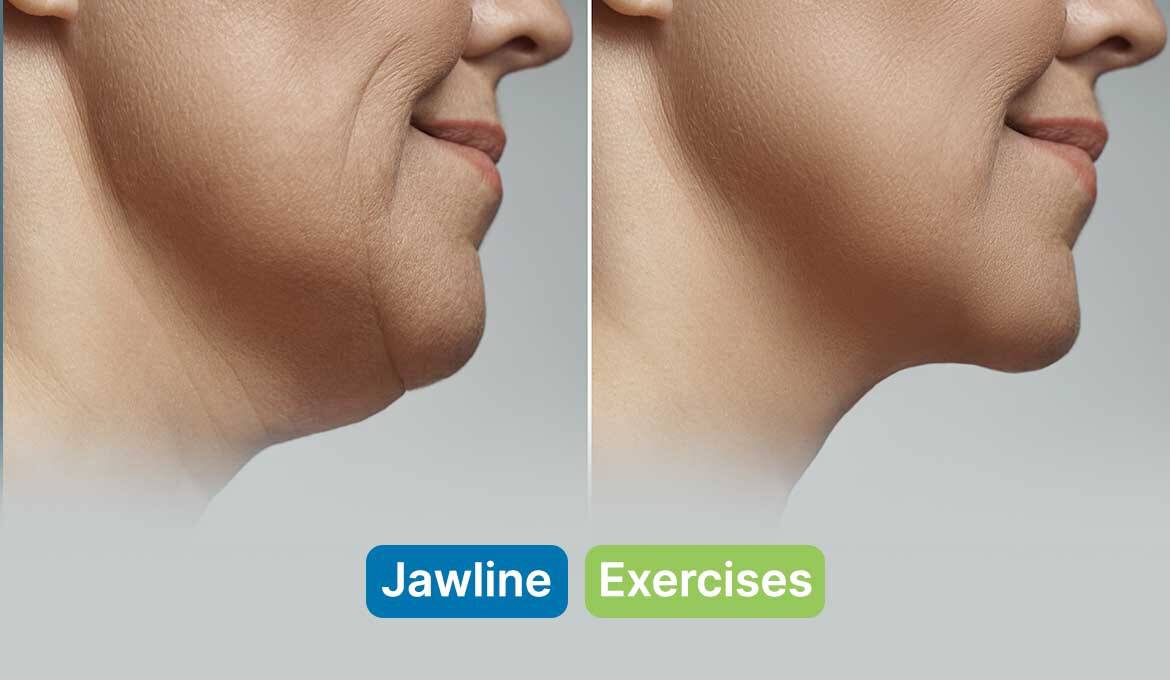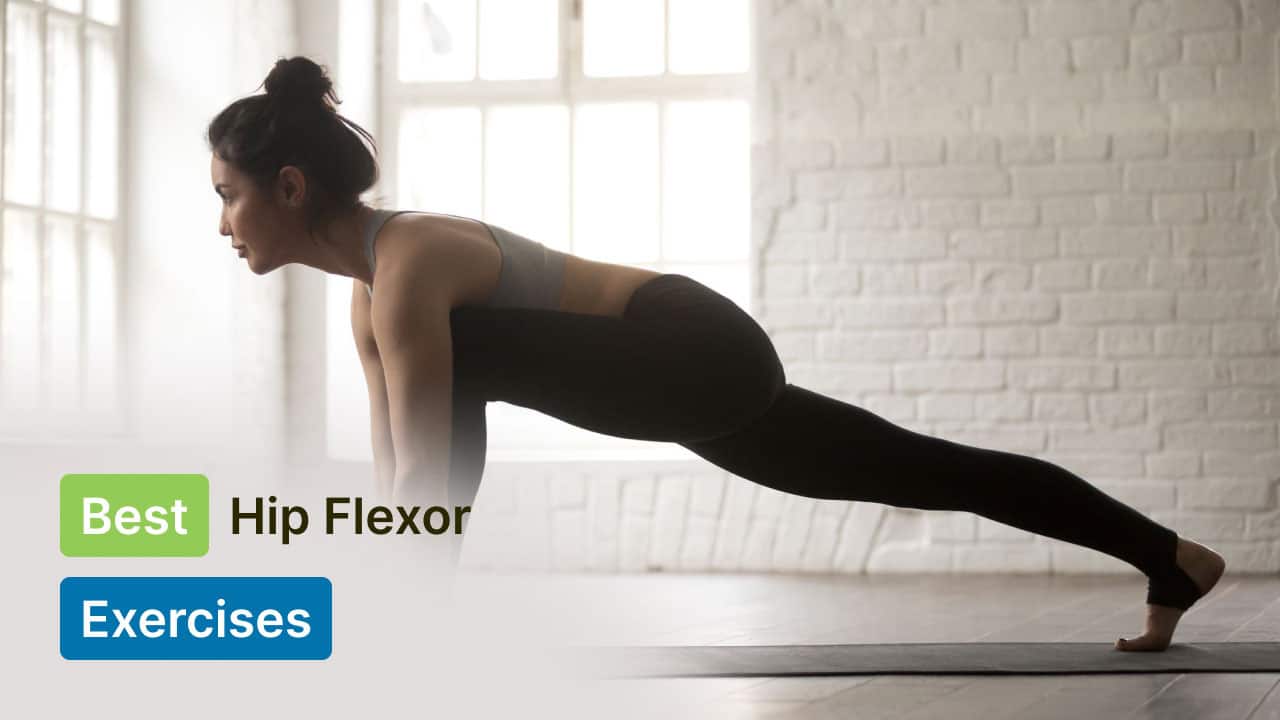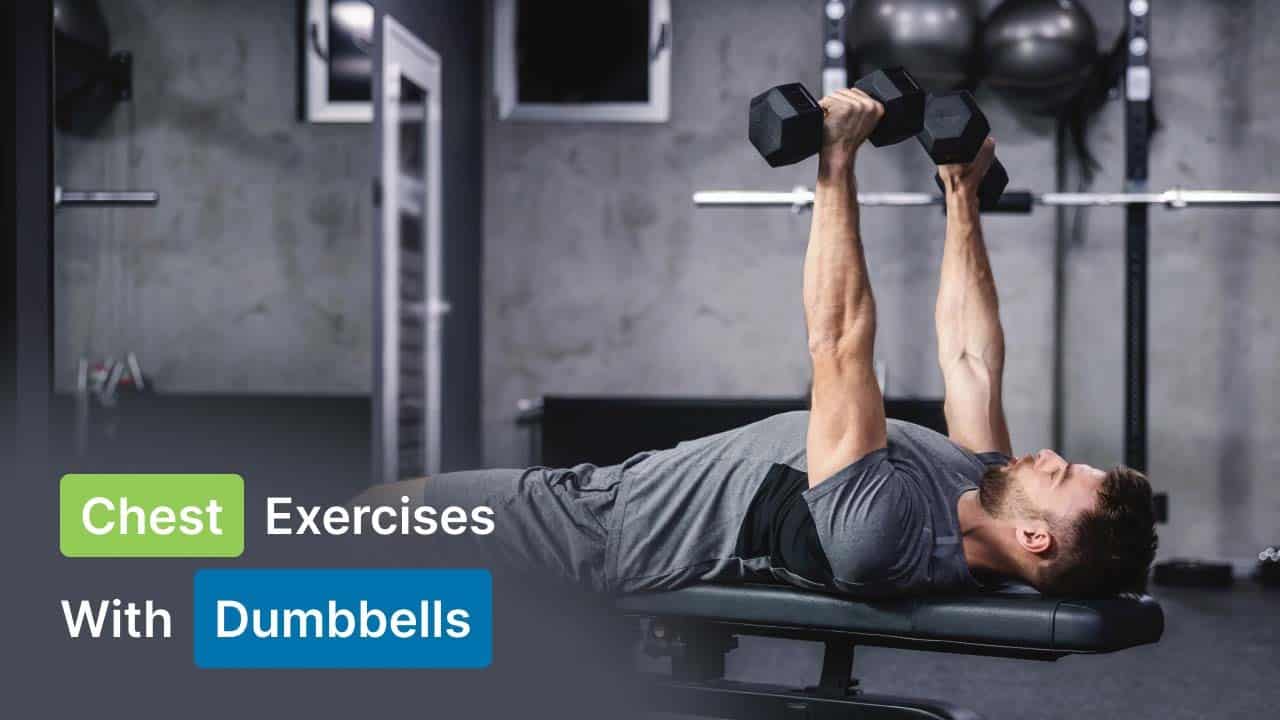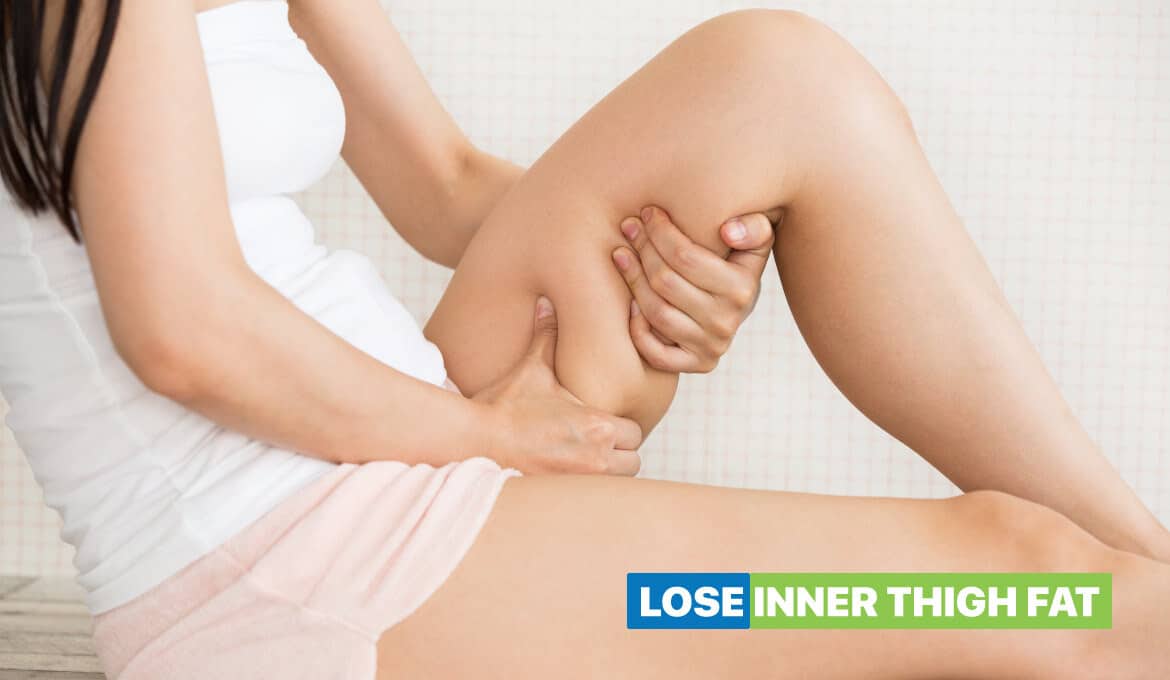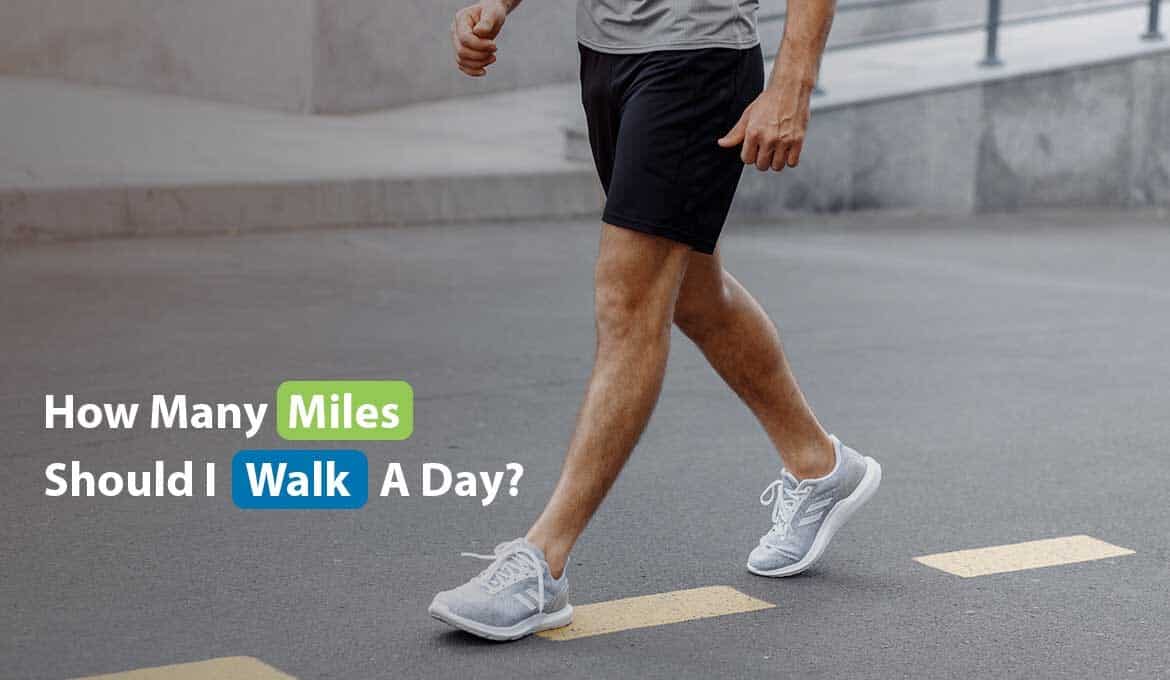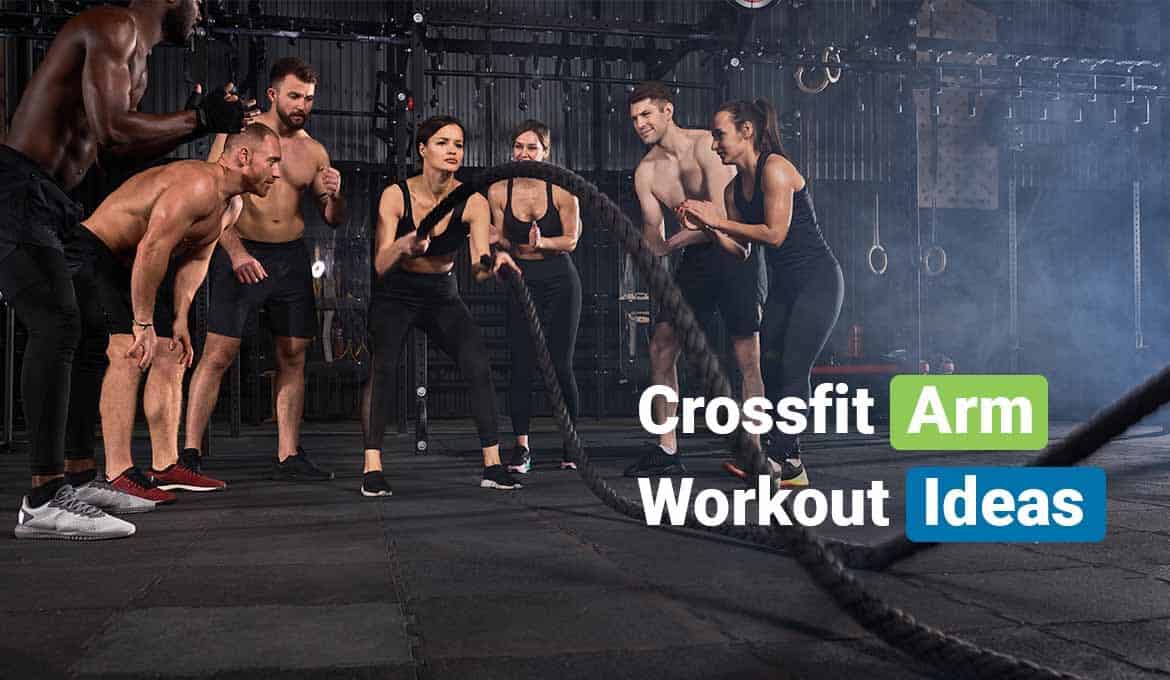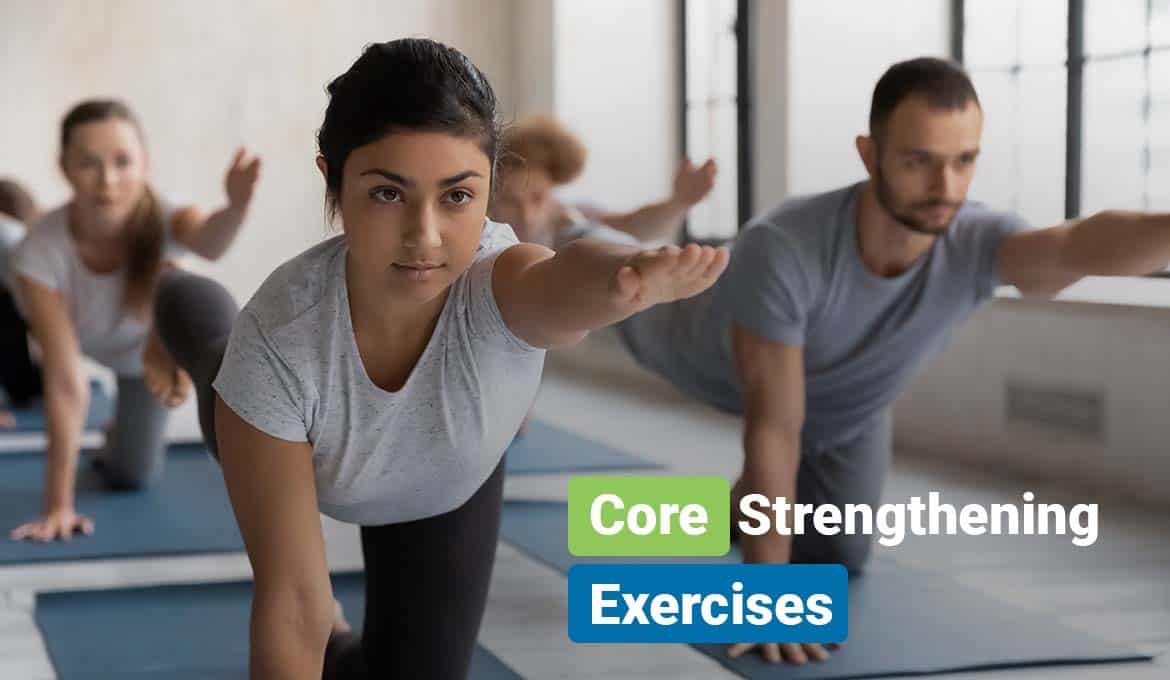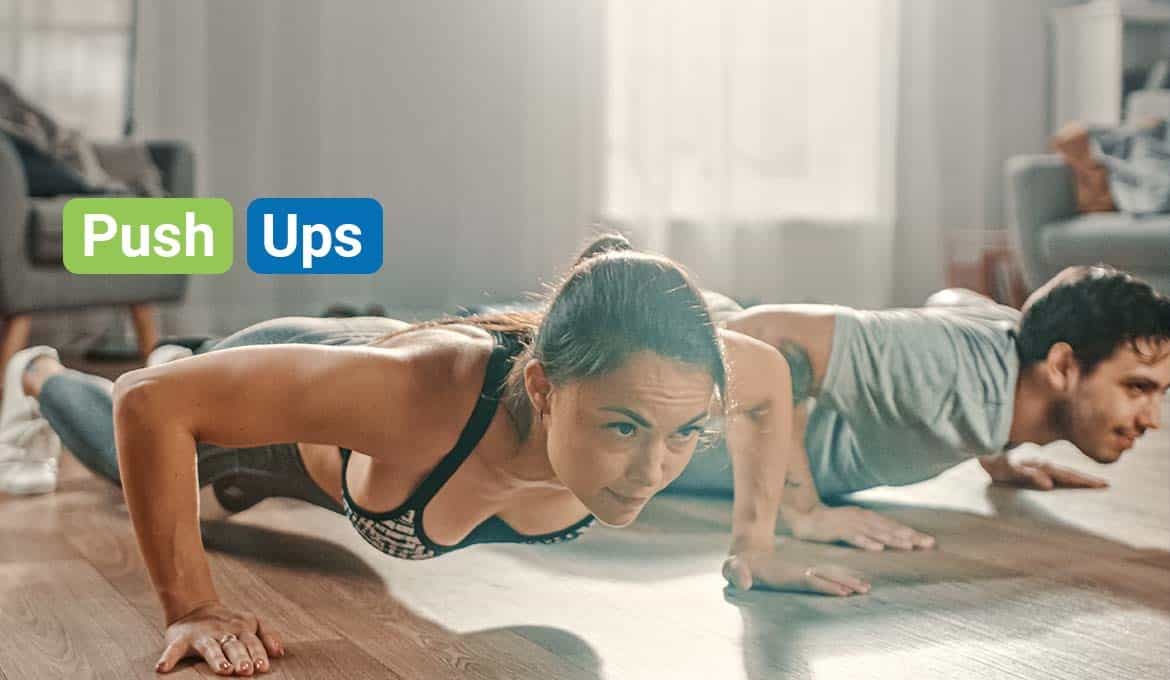
Burning calories through physical activities is one of the primary ways to achieve a calorie deficit for weight management. Adding the right exercise to your fitness routine can help you maximize the calories burnt to help with effective weight loss.
Push-ups are a common physical activity that is used in fitness routines across the world. In this article, we look at the effectiveness of push-ups as an exercise and their effectiveness in burning calories for weight management.
How do we burn calories?
To understand how we burn calories, we need to understand the metabolism in our body. Our body metabolizes food consumed and stored in our body to fuel everyday activities.
It takes a lot of energy to keep our body functioning and alive and is referred to as the resting metabolic rate.
Our resting metabolic rate gives us the minimum amount of calories our body requires to upkeep itself on an average given day.
Consuming calories in excess of this number prompts our body to store the excess in the body as fat or muscle tissues, depending on the type of nutrition and level of physical activity.
When fewer calories are consumed than the resting metabolic rate, it forces the body to “burn” fat and muscle cells in the body to fuel bodily functions. This is the only non-invasive and safe procedure to trigger weight loss in the body.
Such a calorie deficit for weight loss can be achieved by restricting calories through diet or burning more calories through physical labor. Usually, a combination of the two is recommended to maximize fat loss and ensure muscle retention.
What are push-ups?
Push-ups are a simple bodyweight exercise that primarily works the triceps and the chest. It is an effective compound movement that efficiently builds upper body strength.
They can be performed anywhere, including from the comfort of your home, as they require very little space. Furthermore, they require zero equipment. This makes it easy to add them to any fitness routine with ease.
They are one of the most preferred calisthenics for building upper body strength, especially the pectoral muscles, and triceps. They are also a compound movement that engages the entire body, including the core.
How to perform push-ups?
Push-ups are a convenient bodyweight exercise that can be easily incorporated into any fitness regime or your daily routine without disrupting it. It requires minimal space and no equipment to perform.
The steps to perform push-ups are as follows:
(i). Start with a plank position and align your body in a straight line. Ensure your spine is straight and engage your core to stay in this position.
(ii). Extend your hands slightly wider to shoulder length. An effective way to achieve this is by leaving the length of two hands on either side from the middle of your body alignment.
(iii). Align your legs slightly wider than your back to ensure that your back is suspended in a straight line between them. Continue engaging your core to hold the position.
(iv). Keep your elbows at a 45-degree angle to the floor and lower your body towards the floor without touching it. Ensure that your back remains straight when lowering your body.
(v). Once your body is in a position just short of touching the floor, stop the movement and hold the position. Use your arms to push against the floor to lift your body back up. Keep your core engaged throughout the movement.
(vi). Repeat for as many counts as possible without breaking your form.
Some Additional Tips:
(i). It might be difficult for those with a sedentary lifestyle to perform push-ups optimally when they start out. Starting with modified or knee-assisted push-ups to reduce the stress on your arms and chest. This can be helpful if you have low muscle strength when starting out.
(ii). Ensure you exert strength from your chest, shoulder, and triceps. Feeling the contractions in your chest gap is important when performing this movement.
(iii). Avoid protruding your glutes and hips throughout the entire movement.
(iv). Breathe in while lowering your body to the ground and breathe out while pushing back up from the ground.
(v). Progressively increase the reps and intensity you perform the exercise with.
Benefits of push-ups
Push-ups are a compound bodyweight movement with several benefits for the entire body. Some benefits of performing push-ups regularly are:
(i). Builds upper body strength:
Push-ups primarily target your chest and triceps and are one of the most effective ways to build upper body strength.
(ii). Improves core stability:
The movement requires you to keep your core engaged throughout the entire set. This helps build core stability over time.
(iii). Helps bone health:
Some studies have indicated those compound bodyweight movements, like push-ups, can help build the strength of skeletal muscles and tissues. This helps build bone health as you age.
(iv). Easy to incorporate:
They require little space and no equipment. This helps in easily adapting the exercise to your routine.
(v). Boosts metabolism:
Regularly performing bodyweight movements, like push-ups, for up to ten weeks can help boost metabolism in your body, helping you burn more calories at rest.
Push-up Variations
Apart from the traditional push-up, there are several variations to the movement that you can incorporate to maximize the benefits. Some of these are:
(i). Wide-hand push-ups:
You can simply widen the length between your arms during a traditional push-up. This places more emphasis on building strength in your pectoral muscles.
(ii). Diamond push-ups:
This can be performed by placing your hands together straight in front of your face, in line with your back. This helps build greater strength in your triceps.
(iii). Incline push-ups:
Perform the traditional push-ups against an inclined surface, like a wall or table. This helps build strength in your upper chest area.
(iv). Decline push-ups:
This can be performed by placing your feet on an elevated surface, like a chair or bed, and performing push-ups against the floor. This helps engage the lower chest and upper abs.
(v). Weighted push-ups:
You can add more intensity to your regular push-ups by adding weight to your back. You can place weight plates on your back or wear a small backpack containing dumbbells while performing push-ups.
How many calories do push-ups burn?
Push-ups are an effective compound movement that is especially optimal for building upper body strength. Due to their minimal space and equipment requirements, they are commonly used to advance individual fitness goals.
Apart from building muscles, push-ups are also helpful in burning some calories. Like any physical activity, they require energy from the body and can also get your heart pumping if performed with adequate intensity.
Adding push-ups to your workout regime for weight management can be helpful as they can contribute to the calories burned while helping build or retain upper body strength.
The amount of calories burned through push-ups depends on factors like the individual’s body weight, the intensity of the exercise, the number of reps and sets performed duration, and individual fitness levels.
You can burn about 100 calories by performing moderate-intensity push-ups for ten minutes. When looking at the number of reps, you can burn about 50 calories from 100 push-ups.
It is important to note that it is not easy to perform 100 counts of push-ups. An average person can perform 20 reps in a set and may require five sets to achieve 100 counts.
An individual with a higher body weight will burn more calories through push-ups as this is a bodyweight exercise, meaning a higher body weight results in more workload.
Similarly, it is possible to increase the calories burned by adding weight plates to your back to increase the load on your body.
Other ways to maximize calories burned include adopting other variations of push-ups and increasing the speed of your movements. You can also opt for a lesser resting period between two push-ups.
Conclusion
Push-ups are a wonderful compound exercise that primarily targets your upper body for building strength. They are also extremely beneficial for your entire body, keeping other parts like your core and glutes engaged throughout the movement.
However, the amount of calories burned through push-ups is meager. They burn about 100 calories when performed for 10 minutes at moderate intensity. They are suited to build strength rather than burn calories.
If weight management is your goal, it might be worth considering cardiovascular exercises as they are more effective in burning calories quickly. Activities like cycling, jogging, running, swimming, and HIIT can pump your heart to maximize calories burned to help weight management.
Push-ups are still a worthwhile addition to your fitness routine as they benefit the entire body and help you build and retain strength in your upper body. The calories burned through push-ups, while less, still contribute to the overall calories burned over the course of the day. Furthermore, they require little space and no equipment to perform.
FAQs
1. Are push-ups effective for burning calories?
Ans: Push-ups are primarily suitable for building strength and muscles in the upper body and burn about 100 calories in ten minutes. They are not recommended if your primary goal is to burn calories, as cardiovascular exercises are more suitable. However, push-ups are worth adding to your routine for their multiple benefits to various muscle groups in your body.
2. How to maximize calories burned during push-ups?
Ans: You can maximize calories burned by increasing the intensity, reps, and sets you to perform the movement. Other ways include performing multiple movement variants and using additional weight on your back.
3. What are some push-up variants?
Ans: Some commonly used variations of push-ups are diamond push-ups, incline push-ups, decline push-ups, pike push-ups, weighted push-ups, knee-assisted push-ups, and wide-hand push-ups.
4. Why are push-ups so commonly used for fitness goals?
Ans: Push-ups are a compound bodyweight movement that works various body muscles simultaneously while effectively building upper body strength. They also require no equipment and minimal space, making them easy to perform for beginners and athletes alike.
Read Also:








